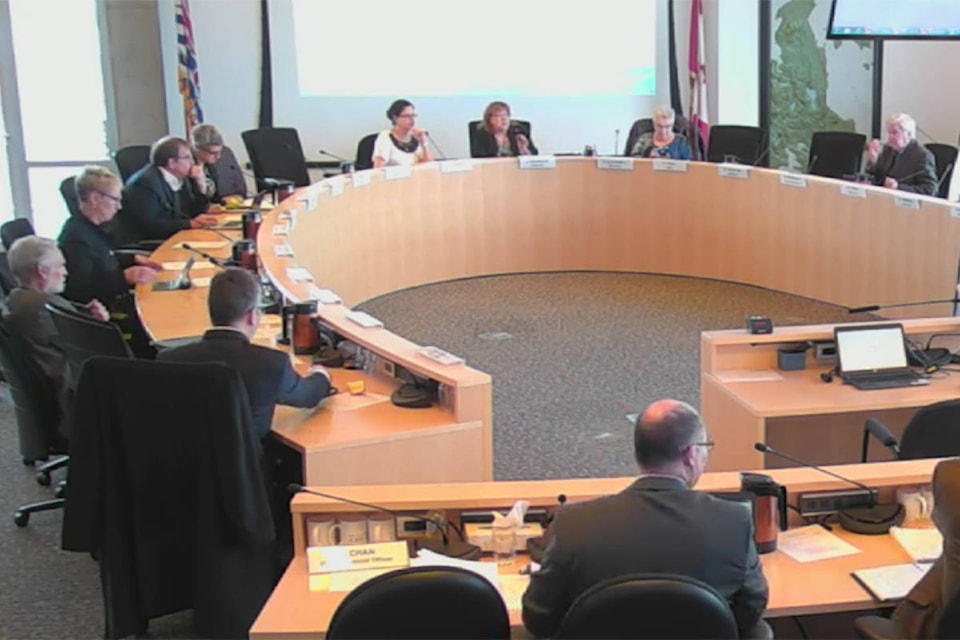The Residual Solids Conveyance Line (RSCL) has been identified as a necessary part of the Greater Victoria sewage treatment project, managed by the Capital Regional District (CRD).
The preliminary route for the RSCL has been described but not widely advertised as being through residential areas of Esquimalt, Saanich and Greater Victoria. But a map with full details of the finalized alignment has not been made readily available to the general public or to potentially impacted property owners adjacent that route.
Disconcerting? Perhaps. Transparent? Not. Within British Columbia, pipelines are opined generally as not conducive to popular support. They have a tendencies to rupture and disperse their content at indeterminate times and locations.
The CRD would be the owner of the RSCL. It remains for them to identify whether the proposed pipeline conveys toxic, nontoxic, marginal, or borderline health hazards, or other nasty things through residential neigbourhoods.
As one of many questions: What would be their effective response to scheduled and unscheduled pipeline flows, operational malfunctions and unforeseen circumstances?
As a Saanich resident for a couple of decades, I am of the opinion that the recently distributed B.C. Assessment of a residential property value (used for municipal taxation) is “pie-in-the-sky” if it takes into account the potential adverse impact of the proximity of a sewage pressure pipeline.
If I were a residential property owner on Vincent, Bodega or Kerr in Saanich, I might ask why is my last major toilet flush being “returned to sender” via the RSCL.
This might just be the first of several rants on this subject.
P.W. Bailey
Saanich
